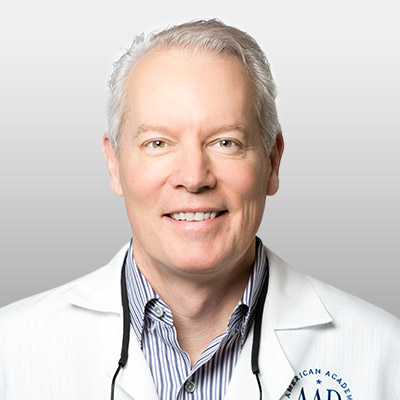We hear about Retinol every day. It’s one of those products that people claim fixes everything from acne scars to cancer. But it can’t be as miraculous as they claim, can it? After learning why and how Retinol works, you may be surprised!
1. What Is It?
Retinol, or Retin-A, is a compound-chemical product used to improve the appearance of skin. It does so by increasing the turnover of the skin cells on the face. Derived from Vitamin A, dermatologists consider this a “natural chemical effect substance.” That implies that its effective ingredient originates in the body. All in all, we see Retinol as a natural way to get drastic results.
2. What Does It Do?
So we know it’s natural, but how does it work? What is it doing to the skin? Retinol causes the top layer of skin cells to become more mature and to slough off earlier than they might have otherwise. The rapid cell turnover exfoliates the skin and causes the skin to have more of a healthy shine. Within just a few days, you’ll notice a change from dull skin to a more vibrant glow.
The long-term results of Retinol use are even more drastic. Retinol helps repair sun damage. Because it repairs this damage, it prevents certain types of skin cancers. Studies actually show a lower rate of skin cancer in testing research studies with the use of Retinol.
Another side effect of Retinol use is diminishing hyper-pigmentation. Issues such as Melasma, freckles, sun damage, and acne scars become less noticeable as the skin is rejuvenated by this product.
3. How Do I Apply It?
Not only does Retinol work miracles on your skin, it’s also easy to use. Simply apply Retinol each night followed by a moisturizer.
As Retinol generates cell turnover, it makes it more difficult for the skin to retain water. The result can be skin that peels or becomes chapped and irritated. That just means it’s working, but moisturizer helps alleviate those issues. Eventually, your skin will acclimate. Treat Retinol like a medicine, not a lotion. If you’re applying it to your face, put it on at night and leave it on until you wash your face the next morning. It’s that easy.
4. What Products Should I Buy?
By now, you’re probably thinking this is too good to be true and there’s a catch – maybe Retinol is expensive or hard to find? Initially, Retin-A was an expensive prescription and rarely covered by insurance, but times have changed.
Retinol (the over-the-counter version of Retin-A) products are available and affordable. These are a great option for patients who aren’t ready to pay for the prescription version of the product, but still seek similar results.
5. Who Should I Consult?
Retinol has deservingly become a hot product, so you have lot of choices as you decide which brand to buy. Make sure you talk to your dermatologist before using or purchasing your product, as they may recommend a specific Retinol product.
Many of the over-the-counter products available in local stores don’t have enough Retinol to actually work. Basically, Retinol is supposed to irritate your skin to be effective, but people end up returning the product for the same reason. So, companies weaken the product to lessen irritation, but also weaken its effectiveness. That’s why it’s important to talk to your doctor. A professionally-dispensed product will more likely be effective.
Also talk to your dermatologist about full instructions. Your skin may require a gradual introduction to the product or a specific dosage level. Checking with your doctor ensures you find the best way to use this product for you.
So, is Retinol all it claims to be? In a word: yes. Retinol lives up to its reputation and it can start working for you as soon as you’re ready!

Dr. R. Todd Plott is a board-certified dermatologist in Coppell, Keller, and Saginaw, TX. His specialization and professional interests include treating patients suffering with acne, identifying and solving complex skin conditions such as psoriasis, rosacea, atopic dermatitis, and identifying and treating all types of skin cancers. In his spare time, Dr. Plott enjoys cycling, traveling with his wife, and spending time with his children and new grandson.
Learn more about Dr. Plott.

